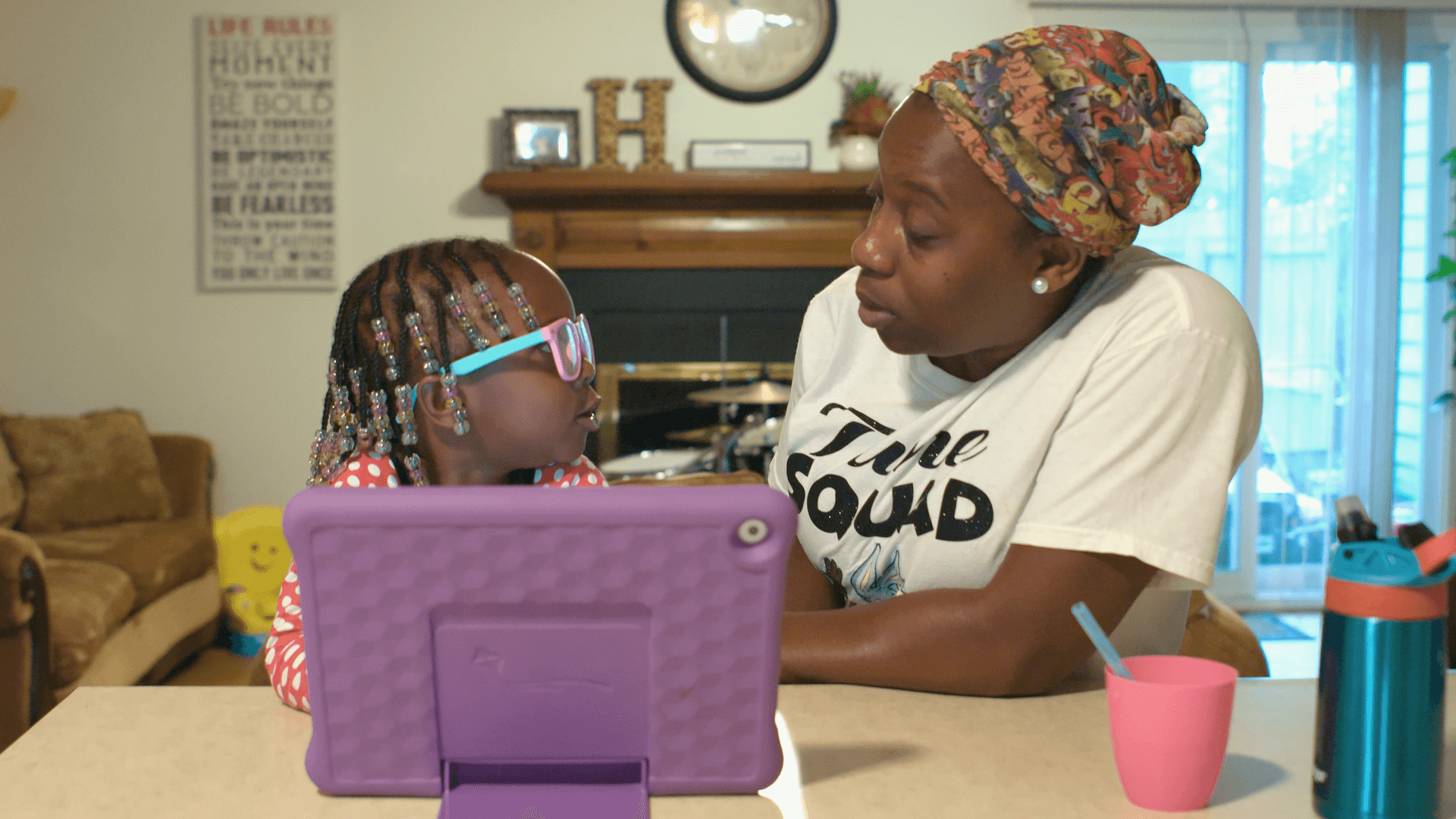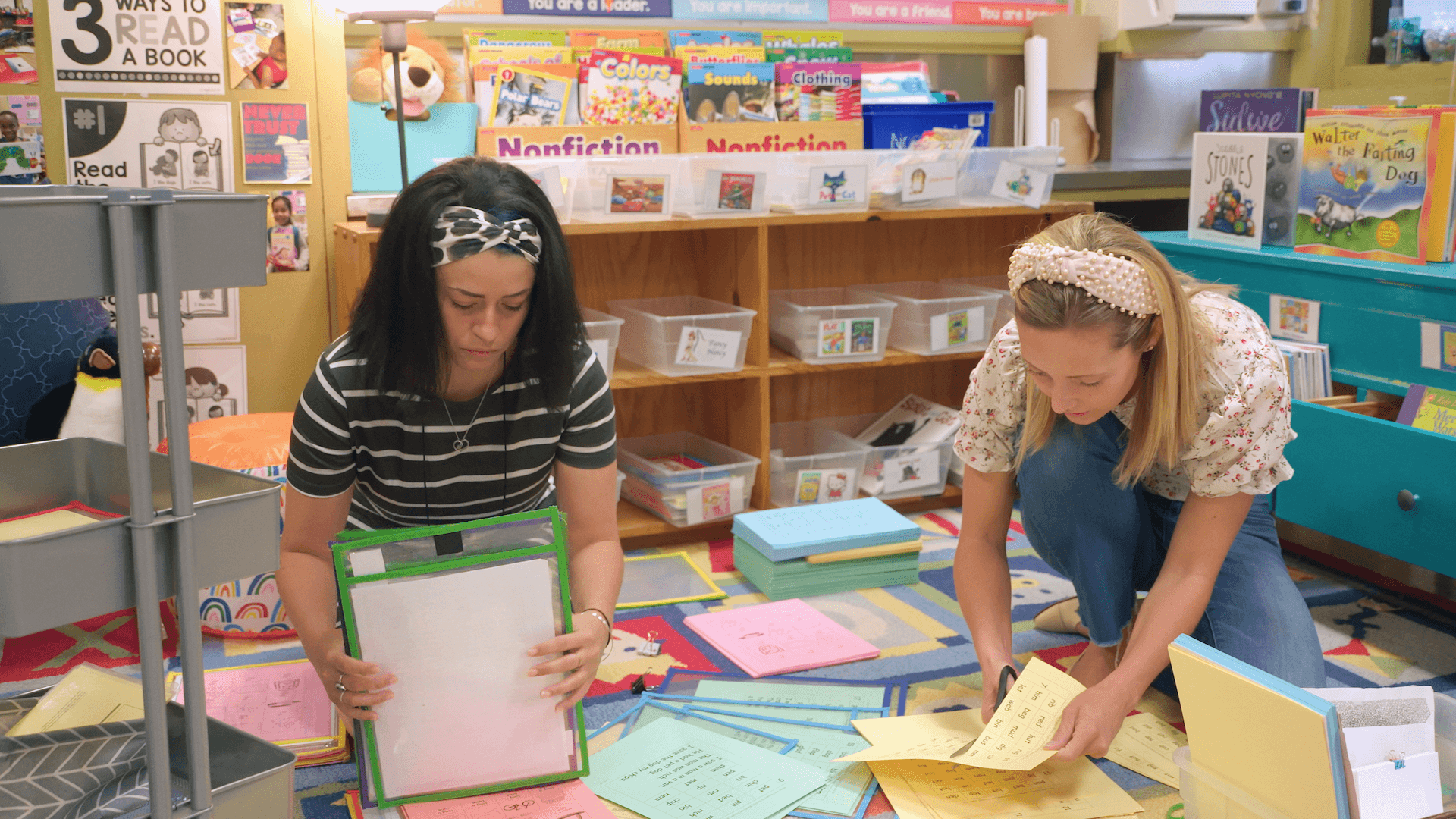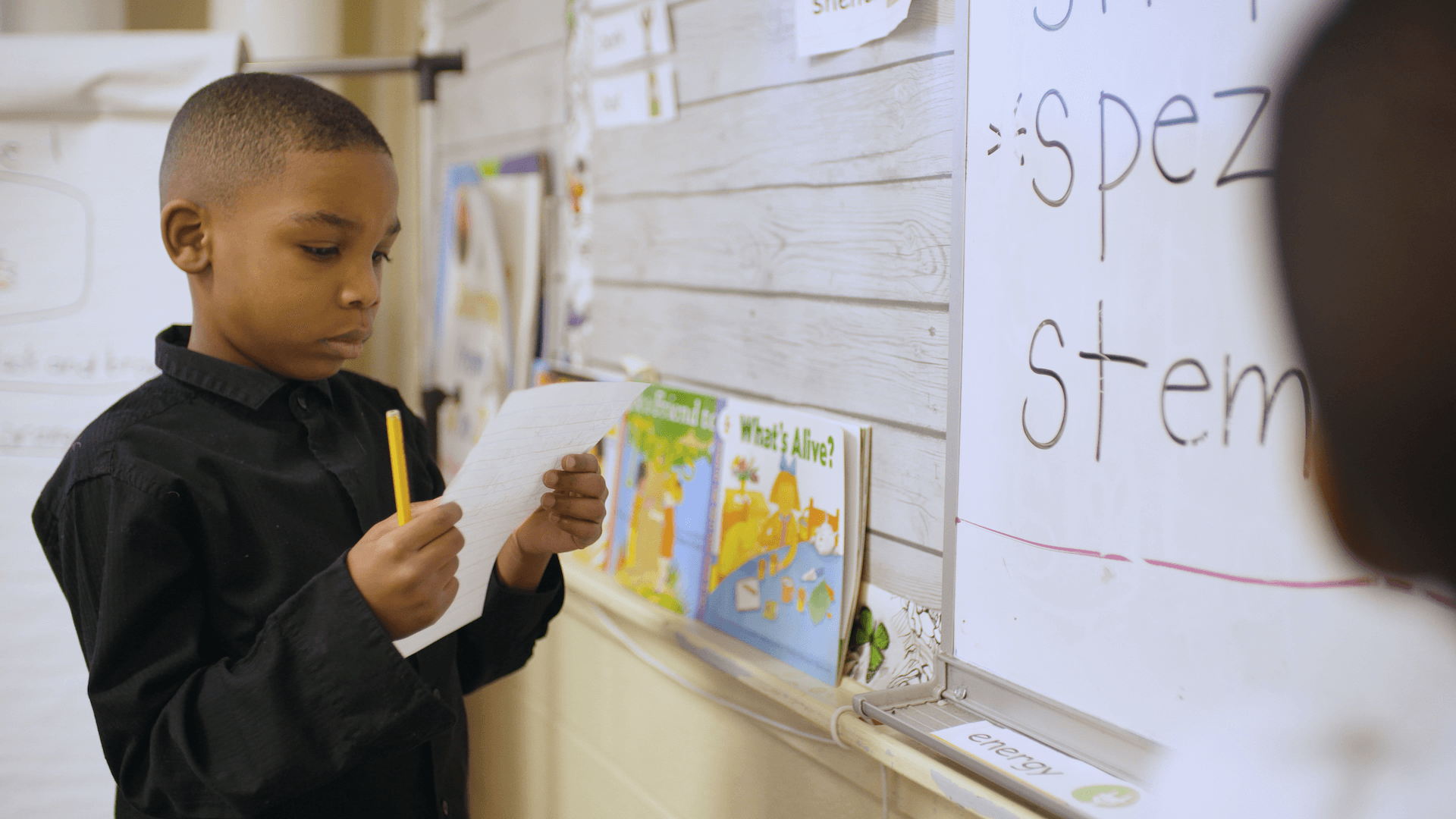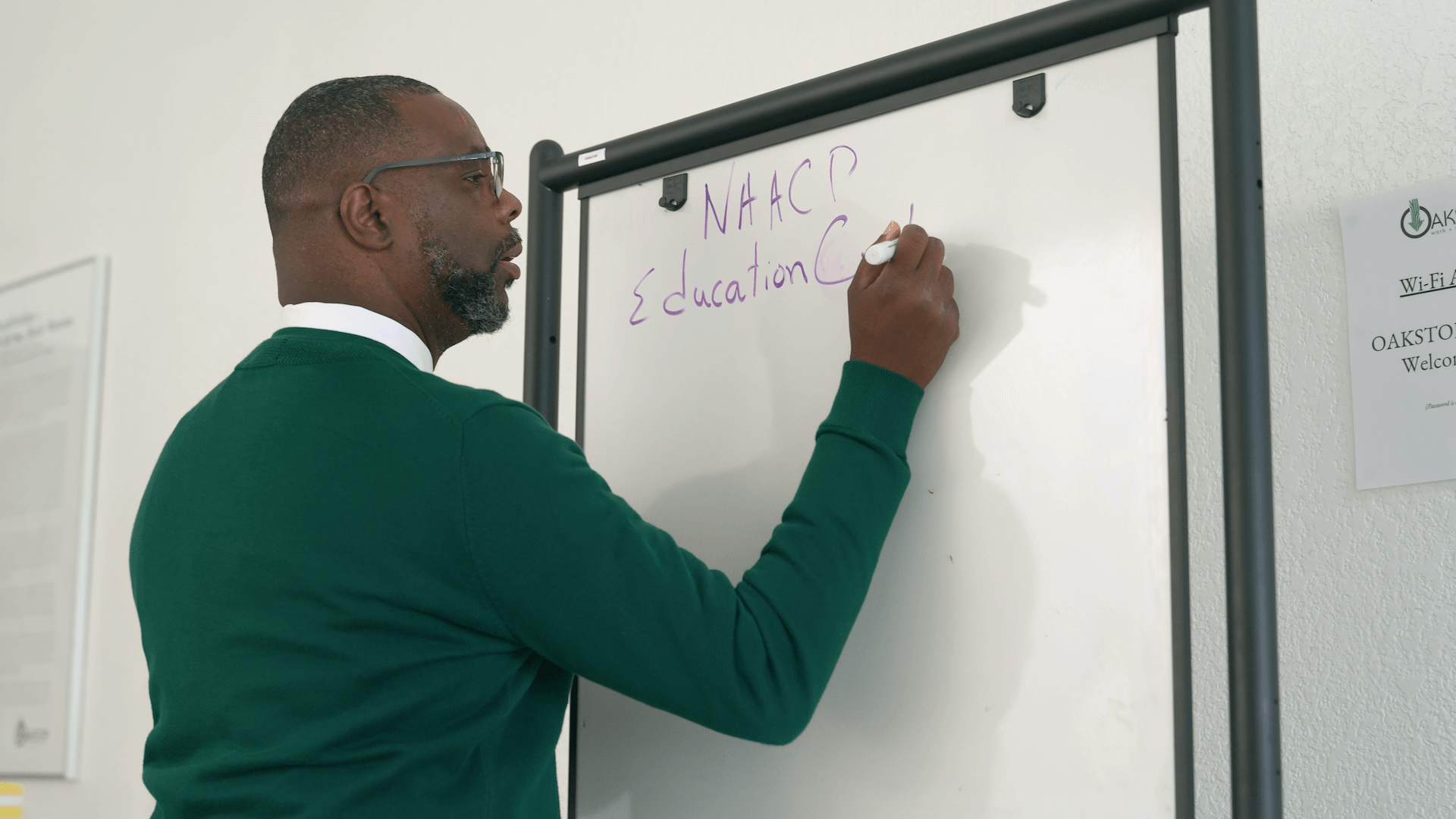Welcome to VDOE’s Training and Technical Assistance Center at Old Dominion University’s private screening room for The Right to Read. Our hope is that this film will motivate you to continue your efforts toward ensuring every Virginian child has access to evidence-based literacy instruction, as it aligns with the Virginia Literacy Act. As Benjamin Heuston says in the film, “the research shows that every child can read with the right instruction”.
We ask while watching this film you consider 1) which ideas resonate most within your current context? 2) how do the points in the Right to Read align with what you already know about the importance of adopting high quality instructional materials for the Virginia Literacy Act?
After watching the film, please complete this Evaluation Survey with additional reflection questions. Upon completion of our survey, you will be provided a hyperlink to receive a Certificate of Participation (for 2 professional development hours to honor additional time spent engaged in this post-viewing activity).
For follow-up requests and/or continued discussion, email Erin Saxon, T-TAC ODU Early Childhood/Literacy Educational Specialist, at [email protected].
Virginia-Based Resources:
Visit VDOE’s Virginia Literacy Act for VLA updates and review the VLA Implementation Playbook to learn more about the efforts division leadership teams are currently engaged in.
Aligned with VLA, free professional development resources across the 5 key components of evidence-based literacy instruction are available from the Virginia Literacy Partnership’s Value Series. Some notable resources include the Science-Based Reading Research Infographic and additional topics such as explicit instruction and data literacy. VLP also has shareable Resources for Families.
Consider joining The Reading League Virginia, a local organization with the slogan, “sharing knowledge – inspiring change. All children deserve to learn to read, and all teachers can learn to teach them”.
Additional Resources:
Excel in Ed Early Literacy Policy
The International Dyslexia Association
Resource For Special Educators:
CEEDAR Center’s High Leverage Practices
The film talks about the five pillars of reading instruction that every child needs to become proficient readers. Learning to read is not a natural process; people are not born with brains wired to read. For some children, that process happens without a lot of instruction, which can make it seem like they are becoming literate almost through osmosis. But in fact, the same process is happening in every child’s brain. Some need less instruction and practice, but ALL can benefit from explicit, systematic, and structured instruction that builds on foundational skills.
In partnership with the Collaboration for Effective Educator Development, Accountability and Reform (CEEDAR), the Council for Exceptional Children (CEC) has developed and published a set of high-leverage practices (HLPs) for special educators and teacher candidates. There are 22 High-Leverage Practices intended to address the most critical practices that every K–12 special education teacher should master and be able to demonstrate. The selected practices are used frequently in classrooms and have been shown to improve student outcomes if successfully implemented.
Visit the linked HLPs to learn more about just how watching this film and VLA legislation fit in with how we intentionally plan already as special educators.
*Pay special attention to HLPs: 1, 3 (collaborate with families to support student learning), 6, 12 (systematically design instruction toward a specific learning goal), 13, 16 (use explicit instruction), 17, 19 and 20.





